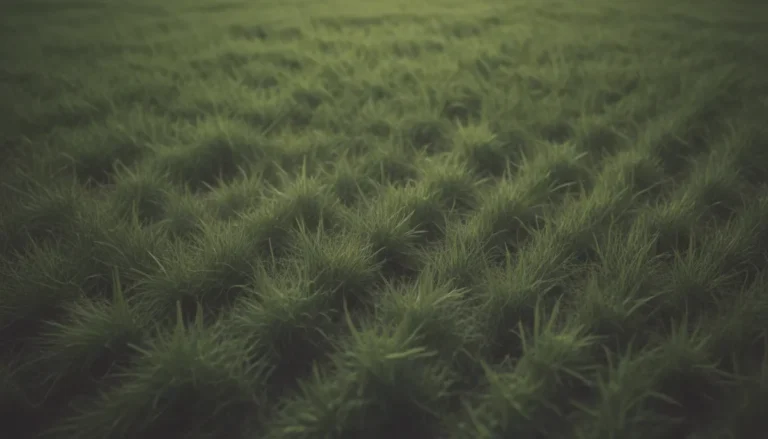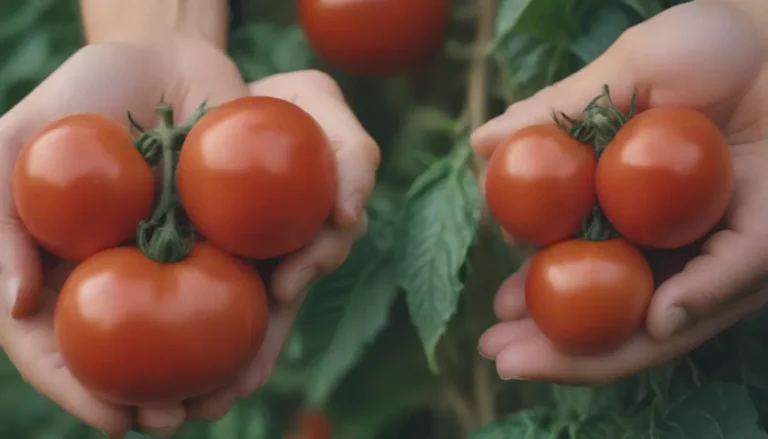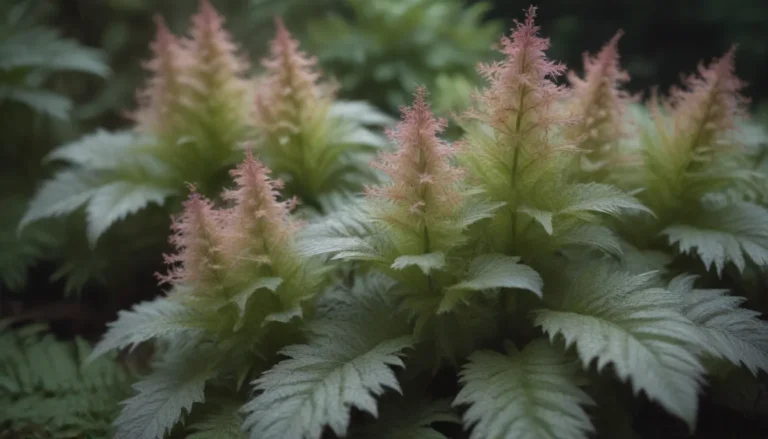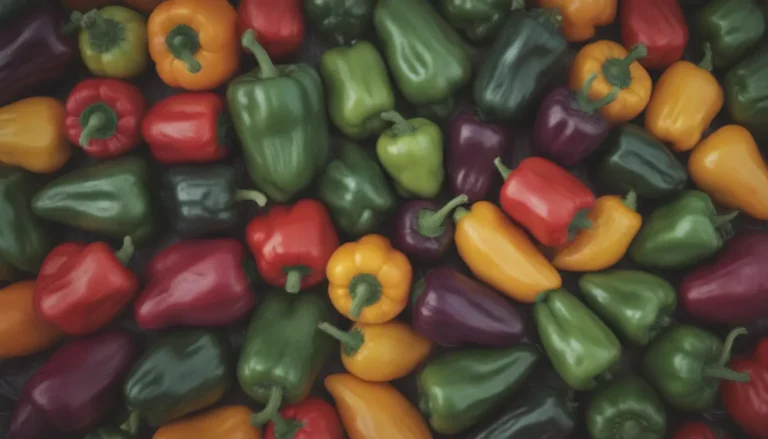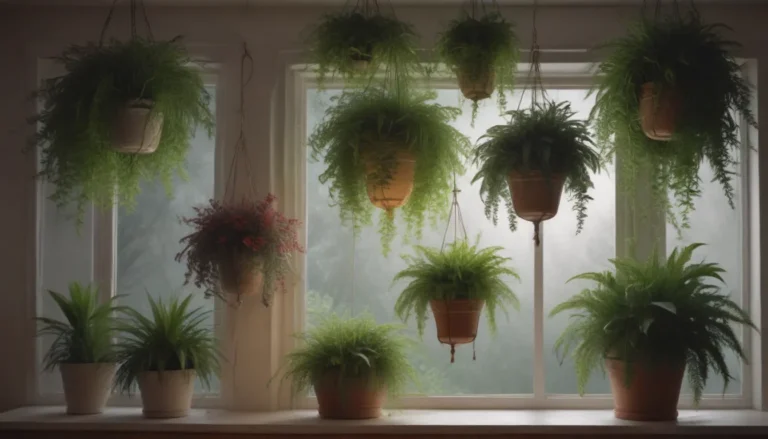The Ultimate Guide to Growing and Caring for Variegated Fiddle Leaf Fig Trees

If you are a plant enthusiast looking to add a unique and eye-catching addition to your indoor garden, look no further than the variegated fiddle leaf fig (Ficus lyrata ‘Variegata’). With its stunning fiddle-shaped leaves edged in white or cream, this plant is a rare find that is sure to make a statement in your home. However, growing and caring for variegated fiddle leaf fig trees can be a bit challenging due to their finicky nature. In this comprehensive guide, we will walk you through everything you need to know to successfully care for your variegated fiddle leaf fig and enjoy its beautiful foliage.
What Makes Variegated Fiddle Leaf Fig Trees Special
Variegated fiddle leaf figs are unique in that they have the same iconic leaves as their non-variegated counterparts, but with a striking color pattern that sets them apart. The white or cream edges, coupled with splotches of light and dark green, create a visually stunning effect that is sure to grab attention. Due to their rarity, variegated fiddle leaf figs can be hard to come by, making them a prized addition to any plant collection.
Variegated Fiddle Leaf Fig Care Tips
Caring for a variegated fiddle leaf fig requires attention to detail and a gentle touch to ensure the plant thrives in its indoor environment. Here are some essential care tips to keep your variegated fiddle leaf fig happy and healthy:
-
Light
-
Provide your variegated fiddle leaf fig with plenty of bright, indirect light to support healthy growth. Avoid direct sunlight, as it can cause the leaves to burn. Position the plant near an east-facing window or a few feet away from a west or south-facing window.
-
Soil
-
Plant your variegated fiddle leaf fig in a well-draining potting mix that is rich in organic content. A combination of indoor potting soil, perlite, and orchid bark mix is ideal to ensure proper moisture retention and drainage for the roots.
-
Water
-
Allow the top half of the soil to dry out before watering your variegated fiddle leaf fig thoroughly. Ensure proper drainage to prevent waterlogged soil. Water more frequently in spring and summer, and reduce watering during fall and winter when the plant is dormant.
-
Temperature and Humidity
-
Maintain temperatures between 64 to 79 degrees Fahrenheit during the day and above 55 degrees Fahrenheit at night. Variegated fiddle leaf figs thrive in humid conditions, so consider using a humidifier or placing the plant in a naturally humid room.
-
Fertilizer
- Feed your variegated fiddle leaf fig with a high-nitrogen fertilizer during the growing season and refrain from fertilizing during the dormant period in fall and winter.
Propagating Your Variegated Fiddle Leaf Fig
Propagation is a great way to expand your plant collection and encourage healthy growth in your variegated fiddle leaf fig. While propagating variegated fiddle leaf figs can be more challenging than their non-variegated counterparts, it is still possible to propagate them through branch cuttings. Here’s how you can propagate your variegated fiddle leaf fig:
- Take a stem or branch cutting from a healthy part of the plant.
- Place the cutting in water or moist soil to encourage root growth.
- Monitor the cutting for signs of new growth and transfer it to a pot once roots have established.
Potting and Repotting Your Variegated Fiddle Leaf Fig
Variegated fiddle leaf figs, like their non-variegated counterparts, prefer to grow in snug pots and do not require frequent repotting. When the roots begin to outgrow the current pot, it’s time to repot your plant. Choose a slightly larger pot and refresh the soil during repotting to ensure optimal growth for your variegated fiddle leaf fig.
Common Pests and Diseases to Watch Out For
Variegated fiddle leaf figs are susceptible to common houseplant pests and diseases that can affect their health and appearance. Keep an eye out for pests such as mealybugs, scale, fungus gnats, and thrips, as well as diseases like root rot and fungal leaf spot. Regularly inspect your plant for signs of infestations or diseases and take appropriate measures to address them promptly.
Troubleshooting Common Problems with Variegated Fiddle Leaf Fig Trees
As with any houseplant, variegated fiddle leaf figs can experience issues that may impact their growth and overall health. Here are some common problems to watch out for and how to address them:
-
Leaf Loss
-
Sudden leaf loss in variegated fiddle leaf figs can be attributed to changes in their environment, such as lighting, temperature, or watering. Gradually acclimate your plant to new conditions to prevent stress and leaf loss.
-
Brown Leaves
-
Brown spots and edges on leaves may indicate improper watering, lack of humidity, or fungal leaf spot diseases. Trim affected leaves and adjust your watering routine to maintain optimal humidity levels for your plant.
-
Yellow Leaves
- Yellowing leaves on a variegated fiddle leaf fig can signal light deficiencies or watering issues. Ensure your plant receives adequate light and adjust your watering schedule to prevent yellowing leaves.
How to Find Variegated Fiddle Leaf Fig Trees
Due to their rarity, variegated fiddle leaf figs may be challenging to find at local nurseries. Consider reaching out to specialty houseplant shops or collectors who may have these unique plants in stock. Additionally, using grow lights can help supplement light for your variegated fiddle leaf fig if natural light is limited in your home.
In conclusion, growing and caring for variegated fiddle leaf fig trees can be a rewarding experience for plant enthusiasts who appreciate their unique beauty and striking foliage. By following these care tips and keeping an eye out for common issues, you can enjoy a thriving variegated fiddle leaf fig in your indoor garden for years to come.
Remember, patience is key when caring for variegated fiddle leaf figs, as they grow at a slower pace compared to their non-variegated counterparts. With proper care and attention, your variegated fiddle leaf fig will reward you with its stunning appearance and vibrant presence in your home.
Reference: American Society for the Prevention of Cruelty to Animals. “Fiddle-Leaf.” Aspca.org. N.p., n.d. Web
